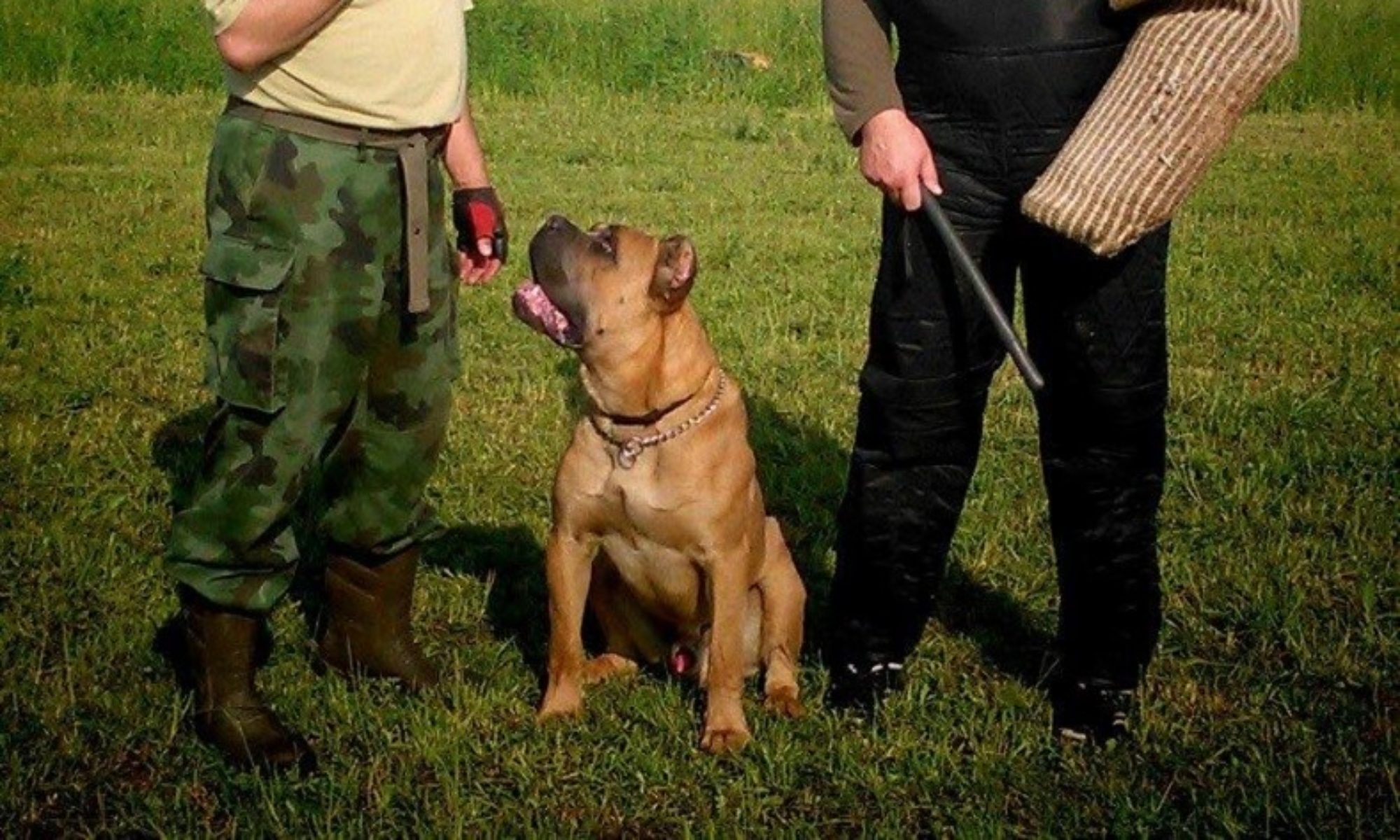Updated on February 22, 2019
Coach Gerard, has been training dogs for over 30 years.
A Personal Protection Dog Is Trained to Guard You at All Times
Do you typically walk alone at night? Are you in need of a personal protection dog, one who will attack another person if needed to protect you?
According to the US Army Field Manual, an attack dog cannot make friends with anyone but his or her primary handler. An attack dog is fed by a single handler, exercised by a single handler, this dog is also never touched or given affection by anyone but the handler.
Is this really the kind of dog you want? Most dog owners do not want a dog that will only respond to them. They want a dog that the entire family can enjoy. Even a person who is alone most of the time cannot guarantee that she will be home every day.
Do you want to own a good personal protection dog and also have a great pet? Do the goals contradict one another? These training methods are not for everyone, nor are they suited for all dogs. A dog selected for personal protection needs to be well socialized, confident but not aggressive, and have an interest in his owner’s every move. In Schutzhund training (schutzhund is the German word for protection dog) some of the dogs are still good household members. This is unusual, though.
Most are not.
Teach Your Dog Obedience Commands
The first thing you need to do is teach your dog basic obedience commands: Your dog must respond to all basic obedience commands. He should sit, lie down, and come to you 100% of the time when called. Your dog should heel without a leash. In addition, your dog should learn and respond to the “bark” and “leave it” commands.
Socialize Your Dog
You also need to socialize your dog so that she does not fear new and unusual situations. This is best done at the sensitive socialization period (up to about 16 weeks) but of course this is not possible for all dogs.
Socialization can take place every time you take your dog for a walk. If you see a strange object, especially if the dog is nervous, take her closer so that she can investigate. Your dog also needs to recognize what a normal pedestrian looks like and not feel threatened, or feel that he needs to threaten, any other person he happens to meet.
Teach Your Dog to Bark on Command
Encourage your dog to bark at the approach of any stranger. A dog that barks at a stranger can be more effective than a dog that responds to an “attack” command but does not bark.
Some dogs are not good at learning this command. I have a Pit Bull that I trained to bark at the word Urubu (vulture) since she gets excited and barks at them on the beach. Now, when I want her to bark, I just say the word urubu.
Take note of what your dog does naturally and sometimes he will respond.
Barking comes naturally to many dogs, but you may need to teach your dog to stop barking when given a command. When he has barked once or twice, you can tell him to sit and then order him to stop. If he does not stop, order the dog “down.” It is very difficult for a dog to bark when he is on the ground.
Teach Your Dog to Defend You
For the next step in the training process you need to find someone the dog does not know. The “stranger” approaches during the walk, walks up and challenges your dog. He can be wearing a dog attack suit, an oven mitt, or even a quilted blanket on his arm, but he may not even need it. When you give the command and your dog barks at him, he needs to act afraid and run off. Your dog will become more confident.
Personally, I think this is a good place to stop. Your dog has already learned to bark and appear threatening to anyone that threatens you when out walking.
If you decide to go further, please realize that a dog that has been trained to attack is not a great pet to have around the house. There are many anecdotes about docile family attack dogs and there are also many anecdotes of attack dogs that have injured someone in their household (usually one of the children). There is also the possibility that your dog might bite someone who is just coming up to talk to you; you can be sued and might lose everything you have because your dog is a trained attack animal.
The next time a different “stranger” approaches your dog and makes threatening gestures he will probably start barking even before you give him a command; if you want to proceed you should loosen (but not release) your dog’s leash.
You can then allow him to go up and grab the stranger’s protected arm. (You may need to encourage him by telling him “get him” in an excited voice, but some dogs will go ahead and approach the stranger alone.) If your dog does not approach the stranger, that person should put his padded arm close to the dog, threaten the dog, and encourage him to bite.
Important note: If the dog cowers or shows fear of the stranger at that time he is not suitable as a personal protection dog.
Teaching Your Dog to Back Off
This is really one of the most important parts of training a personal protection dog. He must be willing to protect you but he must always be willing to leave the person alone.
As soon as your dog puts his teeth on the stranger he should be told “leave it” and given praise.
Important note: If your dog does not respond to the “leave it” command at this time he can become vicious later and you will not be able to control him; you must stop considering him for any personal protection training

Breeds and Other Considerations
Some dog trainers do not recommend personal protection training for Rottweilers, Pit Bulls, Mastiffs, Dogo Argentinos, etc. These dog breeds will protect naturally and additional training is not usually necessary.
It will do you absolutely no good to try to train a Basset Hound or a Chihuahua; so long as you can control the dog I do not see a problem with training any of the other breeds.
I do not believe you need to surrender thousands of dollars for a personal protection dog, but you do need to realize that training your pet is going to change his personality. Your dog may fail to serve as a personal protection animal and still be an excellent animal. The statistics of the (SBK), a group that often tests dogs used for personal protection, indicate that the majority of dogs that are tested using the Dog Mentality Assessment Test do not pass. I have never had a Siberian Husky that would serve to protect me. My Pit Bull cross seemed to understand the requirements almost right away. Not one of them was a better dog than the others; they were all individuals and had different skills.
Do not forget—a personal protection dog may also be a liability where you live. If he were to bite someone, and it became known that he was a protection dog, you would be more likely to be sued. You would be more likely to lose a lawsuit if your dog has been trained to defend you.
If you do not have total control of your dog do not even consider this type of training!
Consider if you really want a personal protection dog, and if that is what you really need, before you proceed with any further training.


